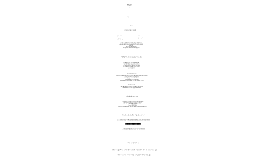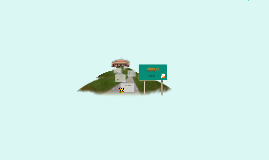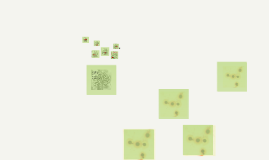INFOCUS
Transcript: But Why? How can a 6 megapixel DSLR take a better picture than a 10 megapixel point and shoot? Can anyone answer what a DSLR is? INFOCUS Thank You Aperture The short answer is................ image quality Aperture DIVYA BALA Slow Shutter Speeds (1/60 or slower) can be used to portray movement or speed Depth of Field So finally You now know the Definition of DSLR so whats next ? K.PRASANTH MAMAKAR Use your right hand to grip the right hand end of the camera. Your forefinger should sit lightly above the shutter release, your other three fingers curling around the front of the camera. Your right thumb grips onto the back of the camera. Most cameras have some sort of grip and even impressions for where fingers should go so this should feel natural. Use a strong grip with your right hand but don’t grip it so tightly that you end up shaking the camera. ISO D.SREEKANTH CANON SAI RAJ Each digital image is made from millions of tiny squares, known as pixels. Formal Definition Refers to the light sensitivity of the sensor HIGH ISO value means the sensor will be MORE sensitive to light, meaning it will take LESS LIGHT to get the right exposure Similar to Film Speeds in 35mm format A Digital Single-lens reflex camera Fast Shutter Speeds (600 and up) are used to stop motion and will freeze the subject. Essentially, an image is recorded by tiny microlenses (pixels) which make up the cameras sensor Aperture also controls depth of field (DOF), which refers to how much of your image is in focus. A wide aperture (small #) will give a shallow DOF and can be used to isolate a subject. Exposure NIKON So What do you think a DSLR is ? NAGENDRA KUMAR DSLR The positioning of your left hand should support the weight of the camera and will either sit underneath the camera or under/around a lens. How to Hold your DSLR Aperture Typically ranges from 100-1600 Newer Digital cameras have a higher range (up to 64000) Using High ISO values causes the sensor to produce much more heat, which creates digital “noise” in images As your shutter speed decreases, your chances of getting a blurry image increase because you must hold the camera steady for a longer period. Shutter Speed What is the difference between a DSLR and normal pin point camera ? Some cameras claim to have “Digital Image Stabilization” This just means that the camera will automatically increase the ISO in order to allow a faster shutter speed Faster Shutter Speed will reduce the likelihood of camera shake, but high ISO will most likely result in a grainy image. VIVEK SHARMA ISO Very Slow Shutter Speeds (5 sec. or slower) can be used in very low light situations to obtain correct exposure, or achieve dramatic effects. Infocus -Photography Club IITH DSLR is a digital camera combining the optics and the mechanisms of a single-lens reflex camera with a digital imaging sensor, as opposed to photographic film. The reflex design scheme is the primary difference between a DSLR and other digital cameras A “correct” or “good” exposure occurs when you maintain as much detail as possible in both the very bright parts (highlights) as well as the very dark parts (shadows) of an image. How much of a range in which you can capture detail from light to dark is referred to as the Dynamic Range. As you are about to see, there can be many “correct” or “good” exposures There are three factors which influence the exposure of your image: -Shutter Speed -Aperture -ISO INFOCUS Hands on DSLR An aperture is defined as a hole or opening through which light is admitted. Inside the camera lens is a system of blades which open and close to increase or decrease the opening through which light passes into the camera Often refferred to as an f-stop, aperture is usually represented by: f/1.8, or f/5.6 A Smaller # means a wider opening and is referred to as a larger value (eg. A large aperture of 2.0, a small aperture of 22) The wider the lens is open(larger aperture value), the more light gets in (you can use faster shutter speeds) We welcome you to the first Session of Photography CLub Because Size Matters! Refers to how long the shutter is open, exposing the image sensor to light. (how long the camera “sees” the picture) Measured in Seconds, from 30 down to 1/8000 add logo here

















